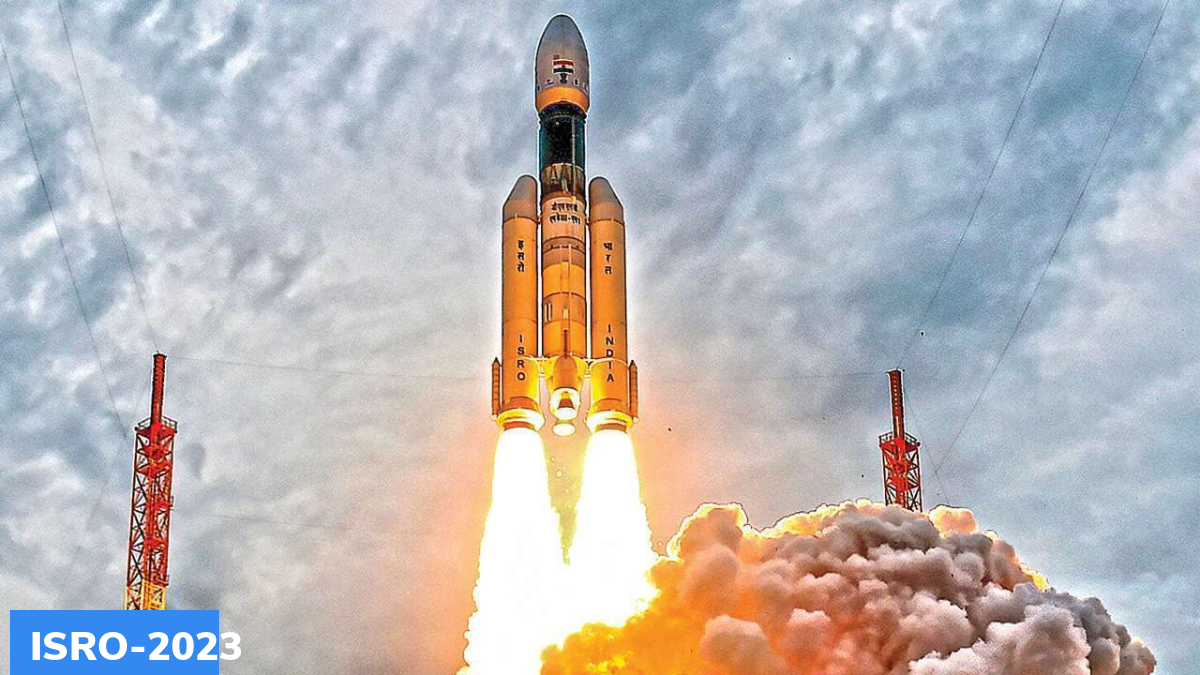ISRO’s XPoSat was successfully launched from the Satish Dhawan Space Centre in Sriharikota, Andhra Pradesh.
- About- India’s inaugural scientific satellite to measure space-based polarization of X-ray emissions from celestial sources such as black holes and neutron stars in the medium energy band (8-30 keV).
- Orbit location – Low earth orbit (650 km), low inclination of 6 degree)
- Launch vehicle – PSLV C58
- Mission life – 5 years
- Payloads – The satellite carries 2 payloads.
| Payloads | Usage | Developed by |
| POLIX (Polarimeter Instrument in X-rays) | An advanced X-ray camera that captures image and measures unique X-ray vibrations | Raman Research Institute, Bengaluru |
| XSPECT (X-ray Spectroscopy and Timing) | A scientific detective, examining the colours and timing of X-rays | UR Rao Satellite Centre’s (URSC’s) Space Astronomy Group, Bengaluru |
XPoSAT is the 2nd spacecraft in the world which will study celestial bodies using polarimetric techniques, after NASA’s Imaging X-Ray Polarimetry Explorer (IXPE).
PSLV Orbital Experimental Module (POEM)
- The fourth stage of PSLV (PS4), also called the PSLV Orbital Experimental Module (POEM) will perform orbital experiments.
- Since this is the 3rd time ISRO has used PS4 to exhibit orbital experiments, XPoSAT’s PS4 is called POEM-3.
- The spent PS4 stage will be used to conduct in-orbit scientific experiments in microgravity conditions for an extended duration of 4-6 months.
- It derives power from the solar panels mounted around the PS4 tank and a Lithium-ion battery.
- POEM-3 is equipped with 10 payloads.





